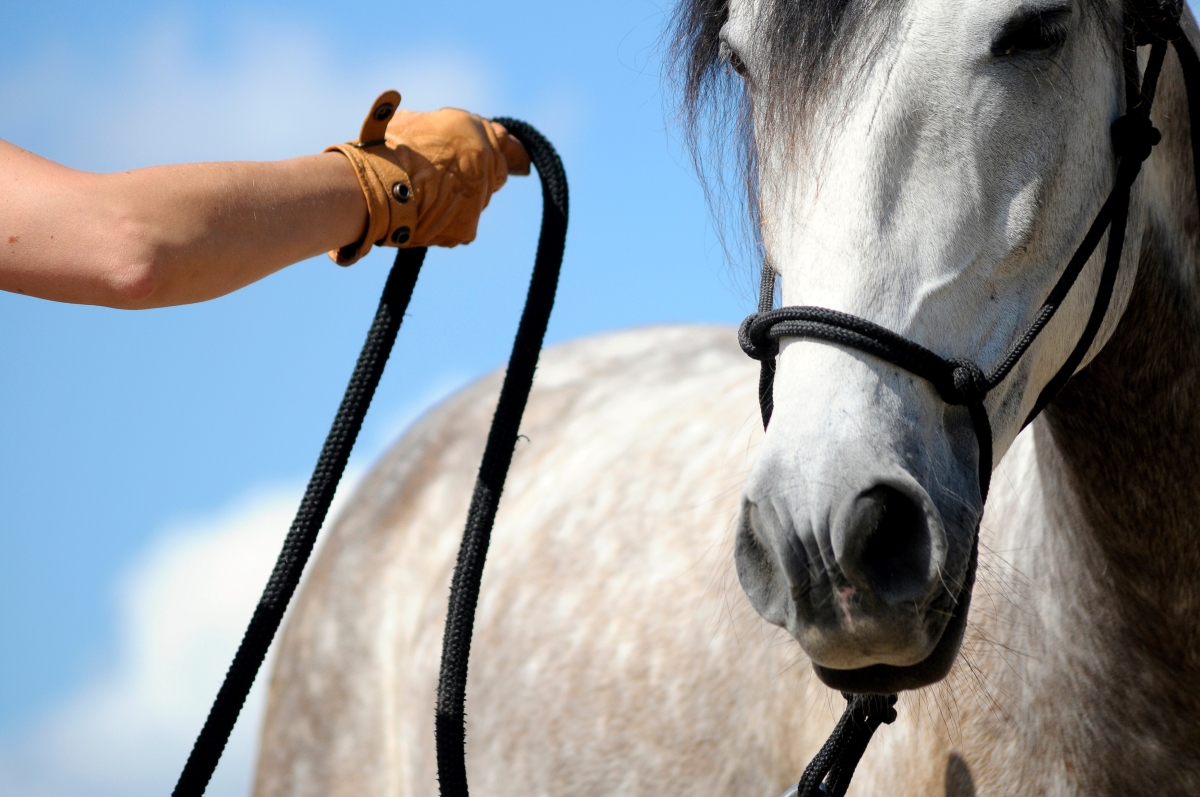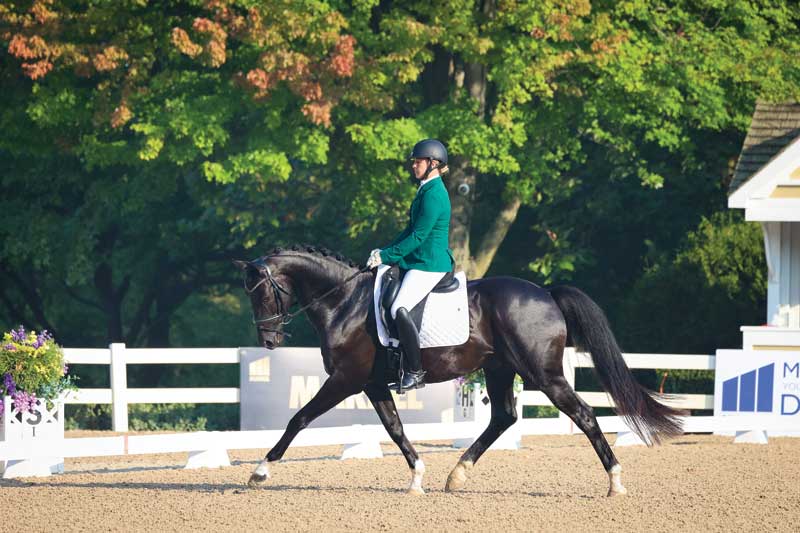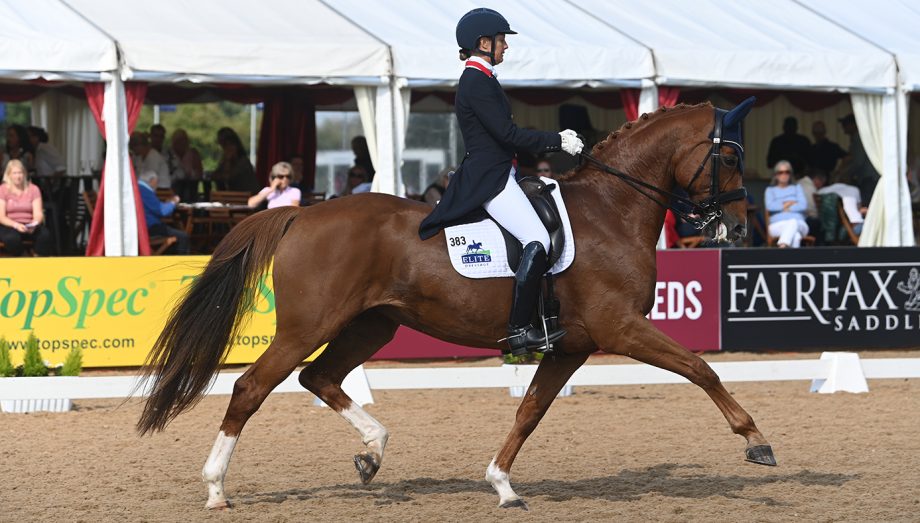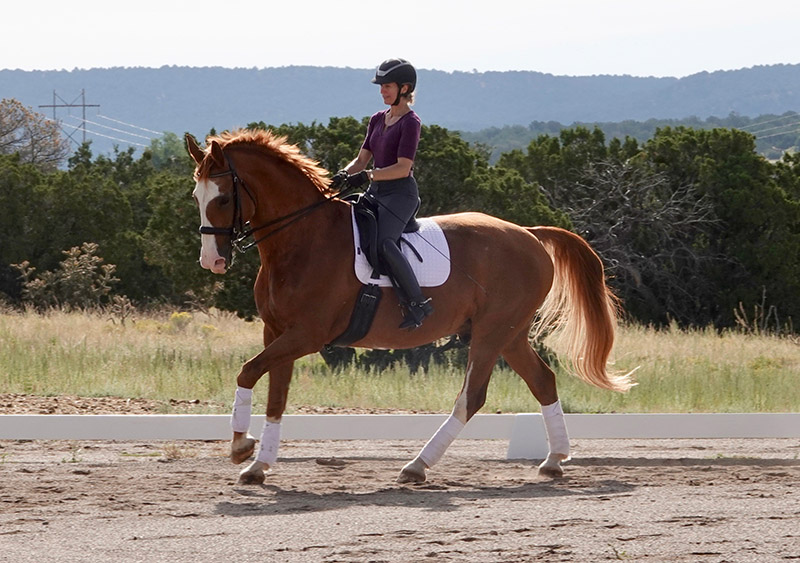Training a horse can be a fulfilling journey, but knowing how to break a horse properly is essential for both the horse’s well-being and the trainer’s success. This guide will walk you through the key steps and considerations to ensure a positive experience for both you and your horse.
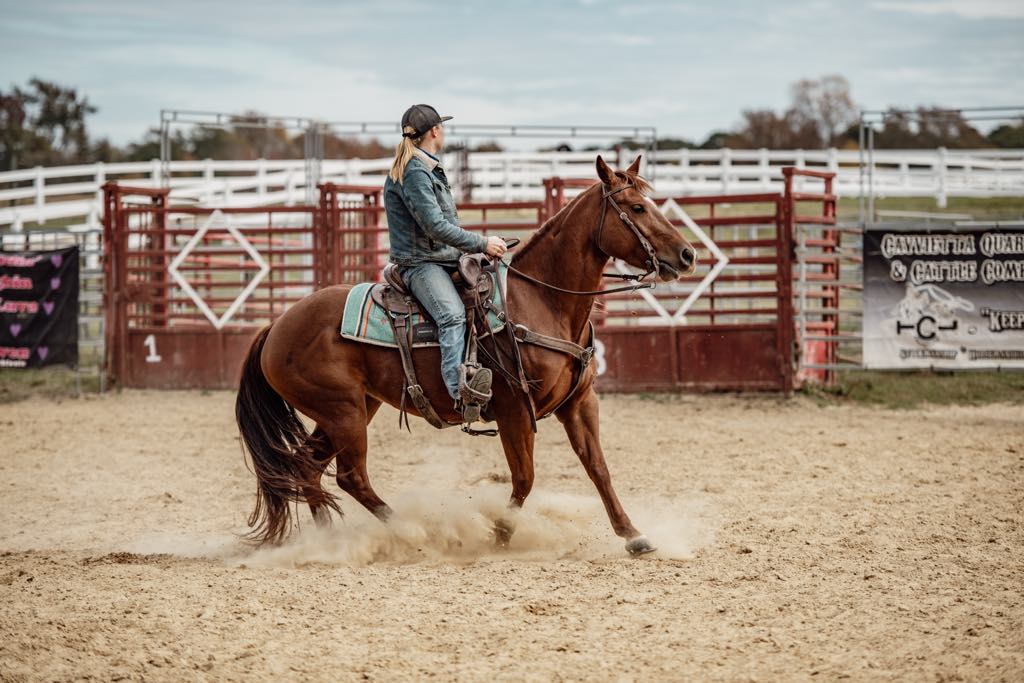
Understanding the Basics
Before diving into the process, it’s crucial to understand what breaking a horse means. Essentially, it involves training a horse to accept a rider on its back. This process requires patience, skill, and respect for the animal.
Choosing the Right Horse for Breaking
Not all horses are the same. Some may be more receptive to training than others. When selecting a horse for breaking, consider its age, temperament, and breed. Younger horses may be more adaptable, while older horses might have established habits that are harder to change.
Age Considerations
Typically, horses between two and four years old are ideal candidates for breaking. At this age, they are mature enough to handle training but young enough to adapt to new experiences.
Temperament and Breed
Horses with calm and gentle temperaments are usually easier to train. Some breeds, like the Quarter Horse, are known for their trainability and might be a good choice for beginners.
Building Trust with Your Horse
Trust is the foundation of any successful horse training endeavor. Spend time with your horse, groom it, and engage in activities that help build a bond. This trust will be crucial when you begin the breaking process.
Grooming and Bonding
Regular grooming sessions not only keep your horse clean but also provide an opportunity for bonding. Check out these shampoo tips to keep your horse’s coat healthy while you build trust.
Introducing the Tack
Before a horse can be ridden, it needs to be comfortable with tack, which includes a saddle and bridle. Introduce these items slowly, allowing the horse to sniff and inspect them.
Using a Saddle
Start by placing a lightweight saddle blanket on your horse’s back. Once it’s comfortable, transition to a saddle. Ensure that the saddle fits well to prevent discomfort or injury.
Fitting the Bridle
The bridle should be fitted properly, ensuring that it is neither too tight nor too loose. A well-fitted bridle helps in effective communication between you and the horse.
Groundwork: The Foundation of Training
Groundwork forms the basis of horse training and involves exercises that establish respect and communication. Techniques like lunging and leading are essential components.
Lunging Techniques
Lunging helps the horse understand commands and improve its balance. It’s an excellent way to expend energy before attempting to ride.
Leading Exercises
Teaching your horse to lead involves walking alongside it, ensuring it stops and starts on command. This builds respect and establishes leadership.
Riding for the First Time
Once groundwork and tack introduction are complete, it’s time to ride. Begin with short sessions, focusing on the basics of starting, stopping, and turning.
Mounting Safely
Always mount your horse from the left side, using a mounting block if necessary. Ensure the horse is calm and still before you get on.
Basic Riding Commands
Teach your horse simple commands like ‘walk’, ‘trot’, and ‘whoa’. Consistency is key to helping your horse understand and respond correctly.
Dealing with Challenges
Training isn’t always smooth sailing. Be prepared to face challenges, such as a horse refusing to move or being overly anxious.
Handling Anxiety
An anxious horse may require more groundwork to build confidence. Patience and reassurance are vital in overcoming anxiety.
Addressing Stubbornness
Sometimes, horses can be stubborn. Consistent training and positive reinforcement can help in dealing with such behavior.
Building Advanced Skills
Once basic training is complete, you can move on to more advanced skills, such as jumping or dressage.
Jumping Basics
Introduce small jumps, ensuring the horse is comfortable before increasing height. Always prioritize safety for both you and the horse.
Dressage Training
Dressage focuses on precision and control. Start with basic movements and gradually progress to more complex routines.
Maintaining Training Consistency
Consistency in training is crucial for retaining skills and building new ones. Regular sessions help reinforce lessons and establish a routine.
Scheduling Sessions
Plan regular sessions, but ensure they are varied to keep the horse engaged. Consistency without monotony is key to successful training.
Resources and Further Reading
For more insights into horse training, you can visit Horse Journals or Wikipedia for comprehensive guides and tips.

FAQs
What age is best for breaking a horse?
Typically, horses between two and four years old are ideal for breaking due to their adaptability and maturity.
How long does it take to break a horse?
The process can take several weeks to months, depending on the horse’s temperament and the trainer’s experience.
Can older horses be broken?
Yes, but it may require more patience as older horses may have established habits that are harder to change. Consistent training and positive reinforcement are key.
This article contains affiliate links. We may earn a commission at no extra cost to you.


